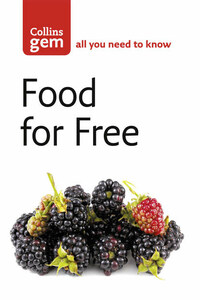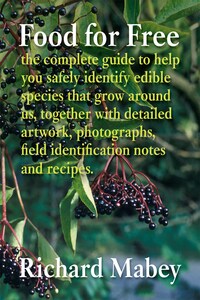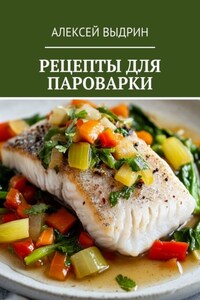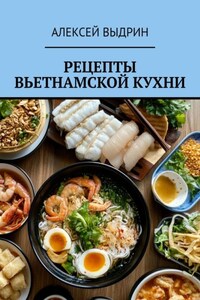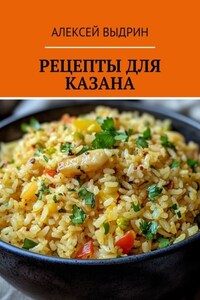The first edition of Food for Free was published in 1972, at just about the same time as the issues of food quality and the environment were beginning to become matters of public concern. Since then an interest in edible wild plants has, dare one say, mushroomed. A huge amount of old knowledge has been rediscovered. Wild plants have become touchstones against which to measure the nutritional content of cultivated varieties, and the inspiration for new crops. The whole subject has lost the slight note of eccentricity it once had and is proved by the many editions of the original book.
Thankfully, perhaps, there have been less serious developments, too. Foraging has become an acceptable family pastime again. Wild vegetable seeds are back on the market â in the case of some varieties, for the first time in three centuries. And in new wave restaurants throughout the countryside, samphire, bistort and oyster mushrooms are beginning to appear on menus.
To the cynical the whole business still seems trivial and self-deluding, a fashionable pretence at primitivism. Yet more generously it could be seen as a natural outcome of the ecological concerns and longings of the last decade. The hundreds of letters sent to me by readers suggest not so much a misty nostalgia for the simple life, as a growing awareness of how food fits into the whole living scheme of things, and a deepening respect for the ingenuity of our ancestors. They suggest a very active readership, too.
Readers have written about brewing wild raspberry vinegar long before it became a fashionable ingredient of nouvelle cuisine, about the secret sites and local names of the little wild damsons that grow on the Essex borders, about childhood feasts of seaweed âboiled in burn water and laid on dog rose bushes to dryâ.
In Milden, Suffolk, the inhabitants have commemorated the discovery that their village name derives from the prehistoric staple vegetable fat hen (melde in Old English). At the village boundary a huge cast-iron statue of the plant now overlooks fields where fat hen itself survives among the sugar beet.
There have been adventurous experiments as well as historical unearthings. Gadgets for gathering hazelnuts and bilberries have been invented or revived. Foreign cuisines â Asian especially â in which wild plants have always played an important role have been brought to bear on our native wildings. And there have been multitudes of experiments with fruit liqueurs some way beyond sloe gin: service berries in malt whisky, damsons in brandy, cloudberries in aquavit.
It is the changed attitude towards fungi which has perhaps been the decisive sign. Until very recently we seemed to be as suspicious of toadstools as Francis Bacon, who in 1627 dismissed the entire tribe as âa venereous meatâ.
Now even English truffle-hunting is being revived, and there is a growing affection for the giant puffball, voted the star wild food by most of those whoâve tried it. I am regularly sent photographs of five-pounders or more, posed on bars or alongside children or cats, as if they were a species of pet themselves.
Food for Free was never intended to be a survival manual, and wild plants would not be a very practicable way of staying alive, except in the short term. Nor does it include game or other animals and insects apart from seafood.
Playing at survival is, I feel, the unacceptable face of foraging, smacking of SAS endurance tests and often leading to wilful callousness â âa Manâs Lifeâ more than the Good Life. It is the intimacy with wild things that foraging can bring that seems to be most richly enjoyed. I can say this with some feeling myself, being less of an intensive gatherer these days than a devotee of the wayside nibble, in what the 1930âs fruit gourmet Edward Bunyard called âambulant consumptionâ!
This new Gem edition includes many of the insights and practical discoveries of readers and friends, and I must extend my warmest thanks to all those who have written to me over the past years. It is their book as much as mine â though any mistakes and moments of tastelessness are, of course, purely my responsibility.
Richard Mabey, 2003
